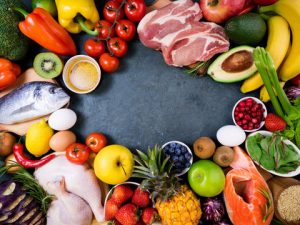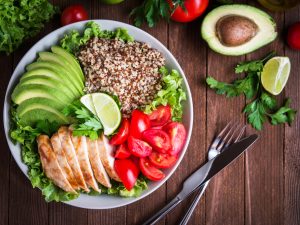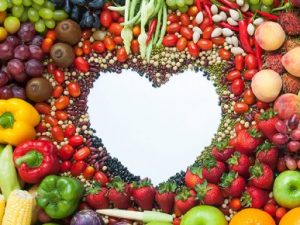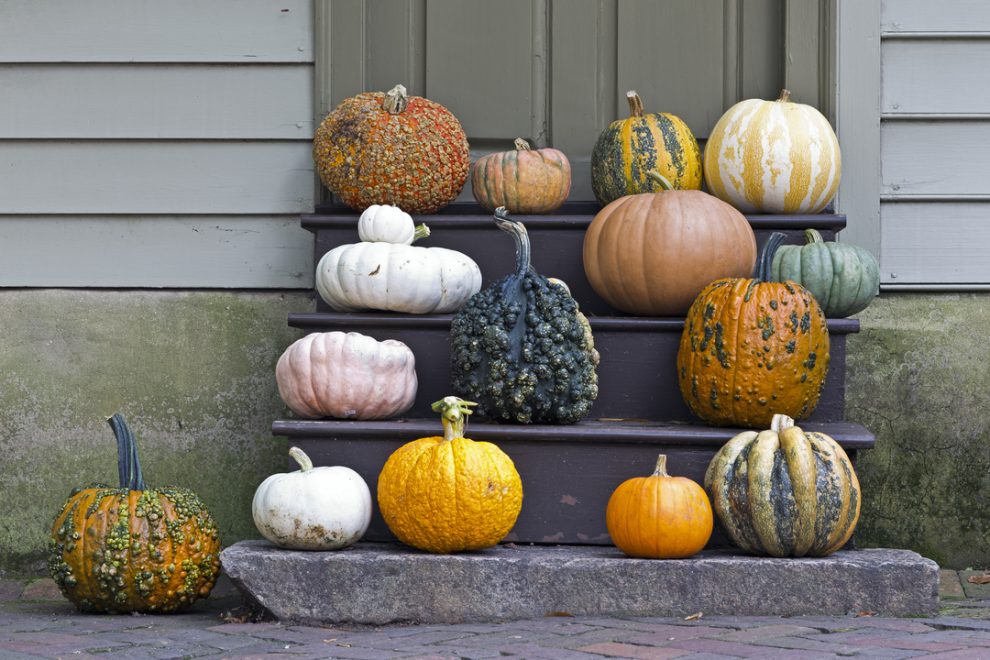The pumpkin
Without a doubt, it is the queen of autumn in the orchards of all Spain. This sweet vegetable contains 90% water, very few calories and carbohydrates, and high levels of fiber.
In particular, the pumpkin is perfect to start those good purposes marked for the beginning of the course since it helps to lose the excess weight gained during the holidays thanks to its low-fat content and satisfying sweet taste. Also, whether pureed, grilled, or garnish, it is one of the few vegetables children love. There are 1,001 things to make with pumpkin, like a tart or crunchy pumpkin with yogurt.
Pumpkins
Cabbage and broccoli
Right off the bat, these seem like two very unappetizing foods, but as always, the secret is knowing how to cook them. A coleslaw with nuts or a broccoli stir fry with mushrooms (the other kings of autumn) is a delicious and healthy dish.
Broccoli
The grenade
This is one of the fruits with more antioxidant power and with more vitamins that autumn offers.
While removing all the pimples may seem like a chore, there is a little trick: break it in half and tap it with a wooden spoon until all the pimples are loose. It can be taken naturally, in salads or smoothies, among many other recipes. Try the lamb’s lettuce salad with apple and pomegranate.
The chestnuts
Before Halloween took over the autumn festivities, chestnuts were the queens of all the parties celebrated during these months.
Not only can they be eaten roasted traditionally, prepared in the form of chestnut and ham soup or as a chocolate and chestnut cake, but they also surprise.
Grapes
Although they can be found all year round, fall is their golden time. During the summer and spring, those that we see in the supermarkets are far from the recommended local foods since they are brought from territories far enough from ours to have an inverse climate or are artificially grown in greenhouses. Including them in our menu is very easy, either as a flavor in stews with meat or simply with cheese for dessert.
Grapes
Apples and pears
Although they are known to be the “fruits of the year,” the best varieties of these foods are grown during the rainy season.
It doesn’t seem easy to innovate with them, but there is always room for imagination. Try the noodles with pear, walnuts, and gorgonzola, or some homemade gluten-free apple muffins.
Spinach and chard
Far from being bland and boring, again, the secret is knowing how to prepare them. Both vegetables are initially from the Mediterranean, are high in iron, and help maintain an active immune system during the cold season.
There is an infinite spectrum of possibilities to cook regular lentils with spinach to innovative honeyed chard rice while avoiding their bad reputation. The spinach omelet with surprise is ideal for young and old to enjoy eating vegetables and legumes.
Persimmons or rosewoods
Although they are easier to find lately, they have never been a very typical food in our culture. Perhaps this is why they are only known in their dessert version, but they provide an exciting touch in salads or purees.
Its caloric value is low, and another of the antioxidant fruits par excellence, and they help prevent aging and deterioration of the skin.
Persimmons
Tangerines
Tangerines are easy to eat, they are outstanding, and they are usually not expensive at all. In addition, its pulp contains vitamin B and has anti-inflammatory properties.
Those who do not want their hands to smell of mandarin can always try them in a rich fall salad with spinach, pine nuts, raisins, and citrus vinaigrette.
Aubergines
Along with peppers and carrots, aubergine is a product that can be found throughout the year, but it is in autumn the time of maximum splendor of these fruits from the garden.
Eggplant contains vitamins A, B1, B2, C, and PP, potassium, sodium, calcium, magnesium, iron, phosphorus, sulfur, and chlorine. In addition, this vegetable has diuretic and laxative properties. Try them as the base of some mini vegetable pizzas, with tomato, ham, and grated cheese.
Why should we have pumpkins in the fall?
I haven’t written on the blog for several months due to lack of time, and although I am still the same, I have not been able to resist the temptation to tell you about my new favorite vegetable, the pumpkin. Why is it time to eat it? Well, because it is terrific, it is very healthy, and it is also seasonal. Its sweet taste means that those who find it difficult to eat vegetables do it with less effort.
There are already shop windows that do not remember that we are at the time of this fruit of the cucurbit family, especially since it has become fashionable to celebrate Halloween. There is little left for October 31, and it shows. I am not very much in favor of the intrusion of Anglo-Saxon customs throughout the world. Although sometimes some are understood to have been so successful, Halloween is an enjoyable party for everyone, especially for the little ones in the house.
It is no coincidence that the pumpkin is the fruit chosen for this pagan festival of Celtic origin. We are in the best moment to eat this vegetable.
Falling
And it is that autumn and pumpkin form a perfect marriage.
Its plant is creeping like its cousin, the melon or cucumber. The origin of the pumpkin seems to be in Asia, from where it is believed that it passed to America. It is known that it was consumed thousands of years ago. It is already documented in ancient Egypt. In my opinion, one of the richest and easiest ways to take it is through creams. One of my favorites is accompanied by carrot, potato, oatmeal, and millet, all cooked and seasoned with olive oil and salt: antioxidants, fiber and vitamins to the fullest.






























Add Comment